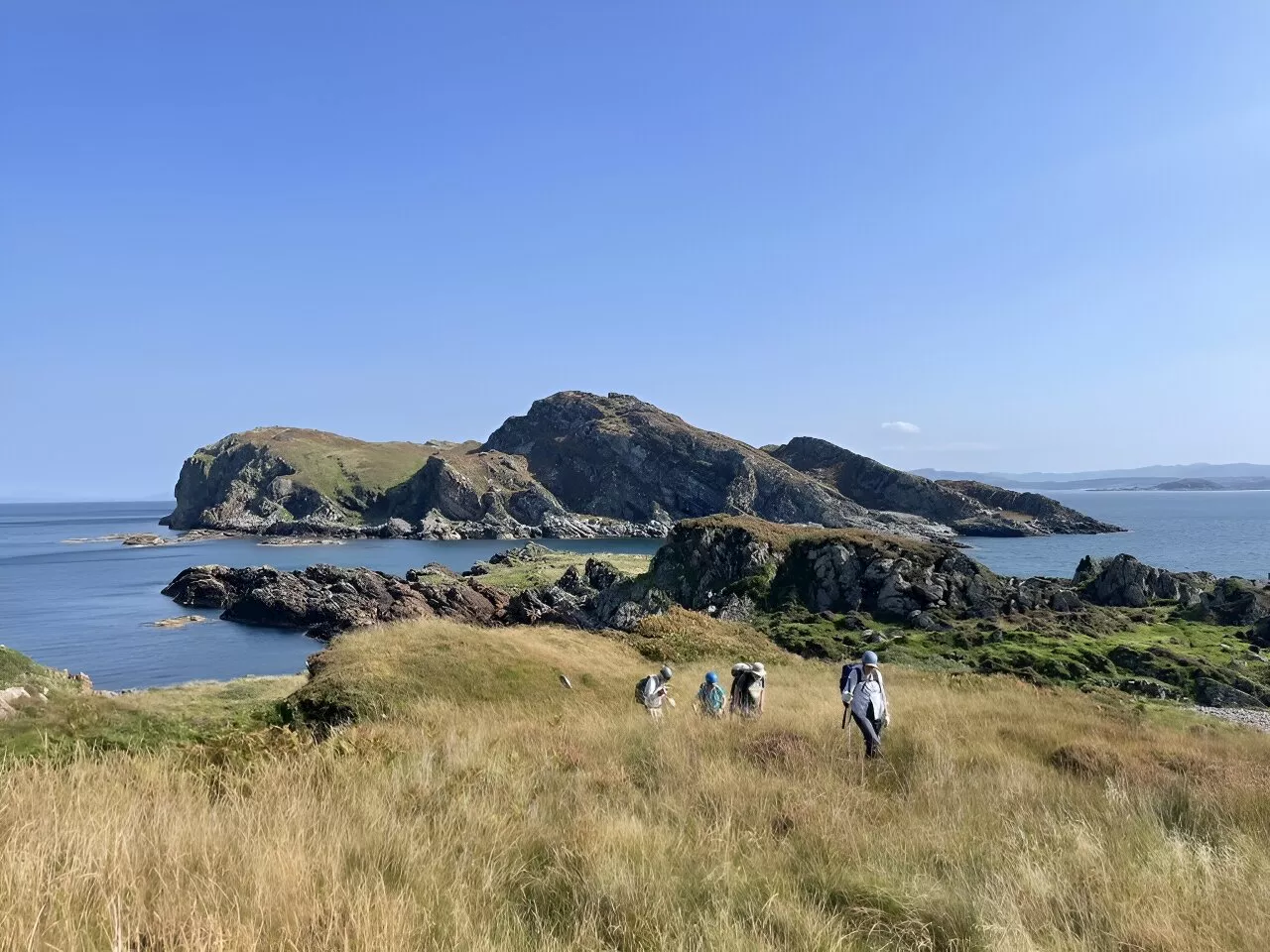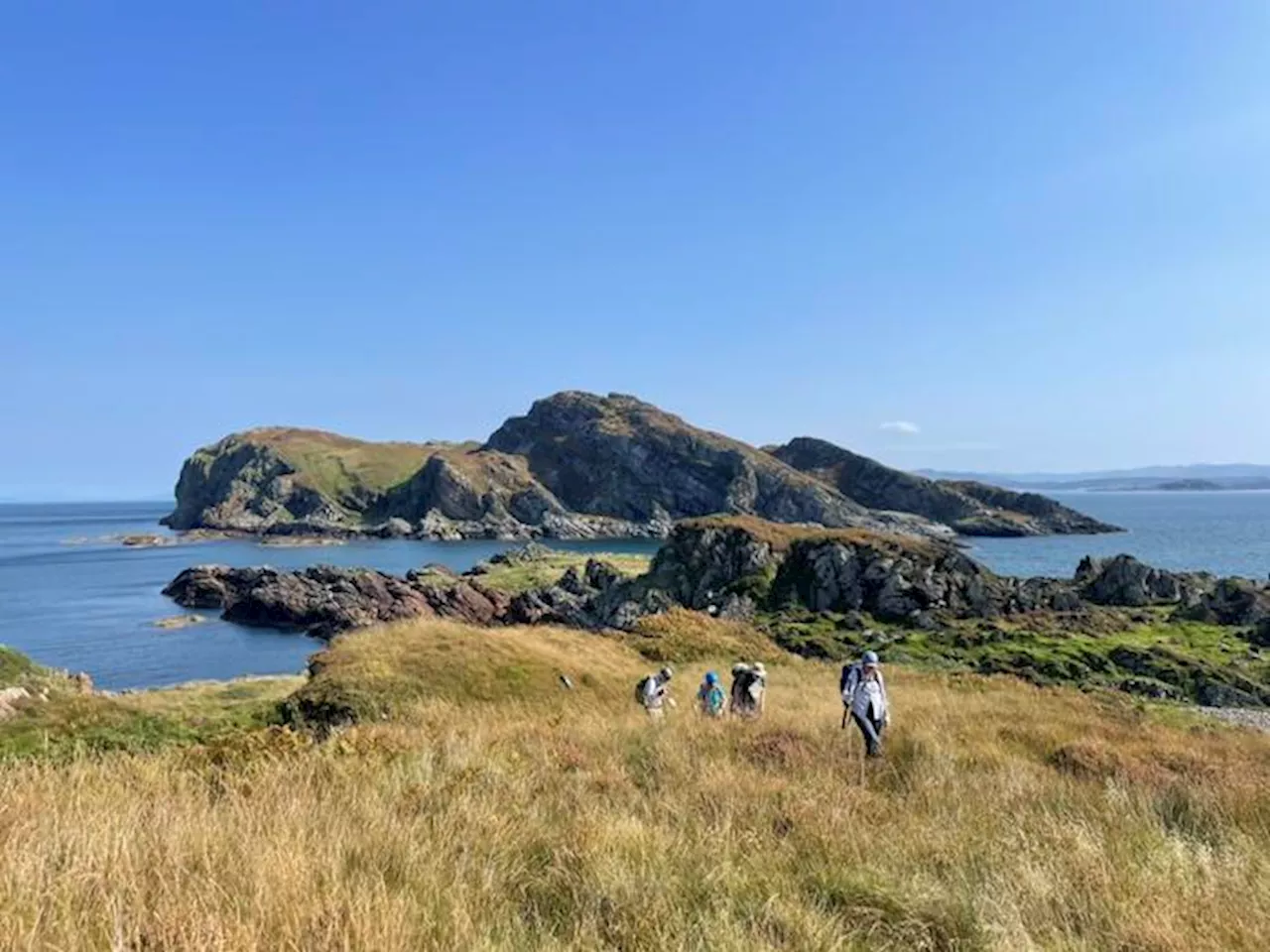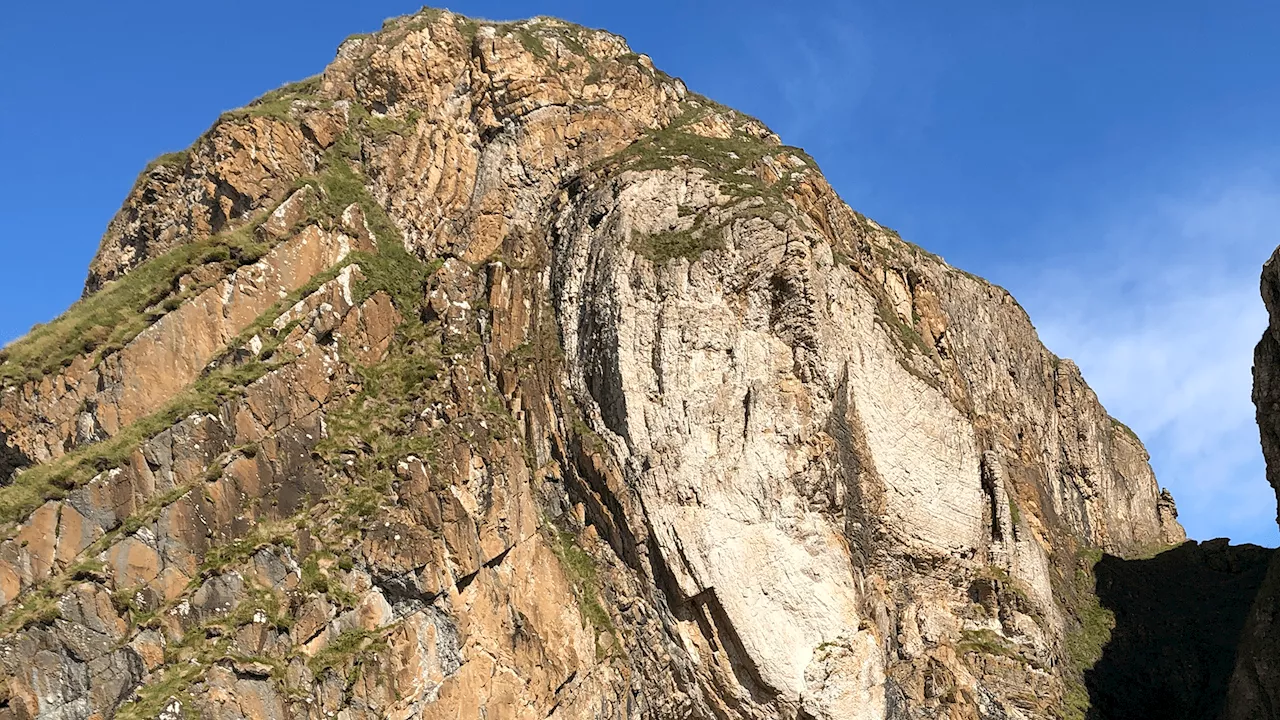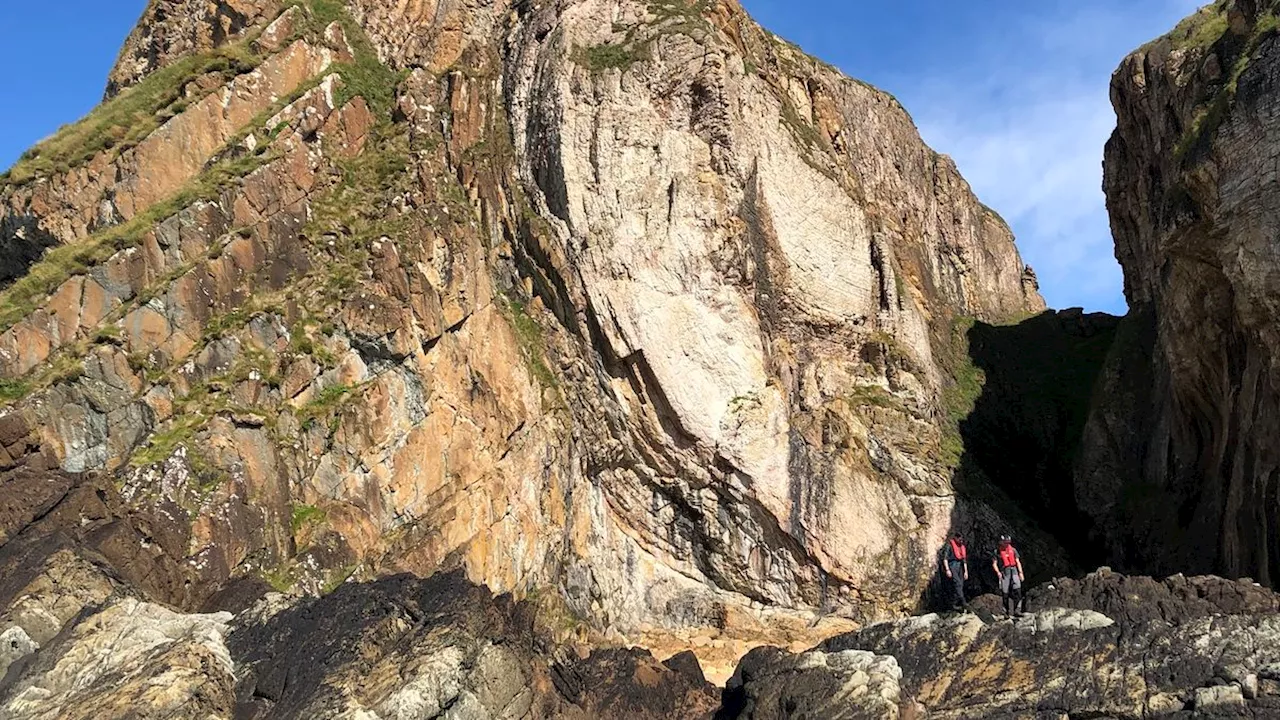The death of a massive, rapidly spinning star can shake the universe. And the resulting ripples—known as gravitational waves—could be felt by instruments on Earth, according to new research published August 22 in The Astrophysical Journal Letters.
Astrophysical simulations predict new detectable gravitational wave source from collapsing stars retrieved 22 August 2024 from https://phys.org/news/2024-08-astrophysical-simulations-gravitational-source-collapsing.html
This document is subject to copyright. Apart from any fair dealing for the purpose of private study or research, no part may be reproduced without the written permission. The content is provided for information purposes only.May 11, 2020Use this form if you have come across a typo, inaccuracy or would like to send an edit request for the content on this page. For general inquiries, please use ourThank you for taking time to provide your feedback to the editors.
Your feedback is important to us. However, we do not guarantee individual replies due to the high volume of messages.to let the recipient know who sent the email. Neither your address nor the recipient's address will be used for any other purpose. The information you enter will appear in your e-mail message and is not retained by Phys.org in any form.Get weekly and/or daily updates delivered to your inbox.
Physics News Science News Technology News Physics Materials Nanotech Technology Science
United States Latest News, United States Headlines
Similar News:You can also read news stories similar to this one that we have collected from other news sources.
 10 Biggest Differences Between The MCU Timeline & Fox's X-Men Timeline After Deadpool & WolverineCaptain America, Wolverine and the Scarlet Witch in Earth-616 and Earth-10005
10 Biggest Differences Between The MCU Timeline & Fox's X-Men Timeline After Deadpool & WolverineCaptain America, Wolverine and the Scarlet Witch in Earth-616 and Earth-10005
Read more »
 Scottish and Irish rocks confirmed as rare record of 'snowball Earth'A rock formation spanning Ireland and Scotland may be the world's most complete record of 'snowball Earth,' a crucial moment in planetary history when the globe was covered in ice, finds a new study led by UCL (University College London) researchers.
Scottish and Irish rocks confirmed as rare record of 'snowball Earth'A rock formation spanning Ireland and Scotland may be the world's most complete record of 'snowball Earth,' a crucial moment in planetary history when the globe was covered in ice, finds a new study led by UCL (University College London) researchers.
Read more »
 Rare Record of Snowball Earth Confirmed in Scottish and Irish RocksResearchers examine rocks from before and after a major glaciation event called Snowball Earth to describe an evolutionary transition.
Rare Record of Snowball Earth Confirmed in Scottish and Irish RocksResearchers examine rocks from before and after a major glaciation event called Snowball Earth to describe an evolutionary transition.
Read more »
 Geologists find solid evidence of ancient ‘snowball Earth’Laura is a science news writer, covering a wide variety of subjects, but she is particularly fascinated by all things aquatic, paleontology, nanotechnology, and exploring how science influences daily life. Laura is a proud former resident of the New Jersey shore, a competitive swimmer, and a fierce defender of the Oxford comma.
Geologists find solid evidence of ancient ‘snowball Earth’Laura is a science news writer, covering a wide variety of subjects, but she is particularly fascinated by all things aquatic, paleontology, nanotechnology, and exploring how science influences daily life. Laura is a proud former resident of the New Jersey shore, a competitive swimmer, and a fierce defender of the Oxford comma.
Read more »
 Cardinals Rotation 'Back To Earth' Following Atrocious Outing Vs. RedsThe St. Louis Cardinals rotation began the season pitching well but has regressed in recent weeks with the season on the line.
Cardinals Rotation 'Back To Earth' Following Atrocious Outing Vs. RedsThe St. Louis Cardinals rotation began the season pitching well but has regressed in recent weeks with the season on the line.
Read more »
 'Golden spike' showing the moment Earth turned into a giant snowball discovered in ancient Scottish rocksHannah Osborne is the planet Earth and animals editor at Live Science. Prior to Live Science, she worked for several years at Newsweek as the science editor. Before this she was science editor at International Business Times U.K. Hannah holds a master's in journalism from Goldsmith's, University of London.
'Golden spike' showing the moment Earth turned into a giant snowball discovered in ancient Scottish rocksHannah Osborne is the planet Earth and animals editor at Live Science. Prior to Live Science, she worked for several years at Newsweek as the science editor. Before this she was science editor at International Business Times U.K. Hannah holds a master's in journalism from Goldsmith's, University of London.
Read more »
